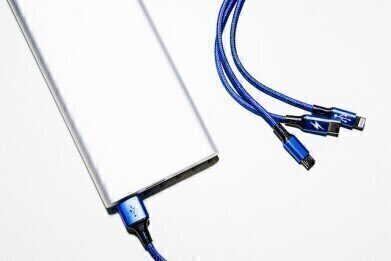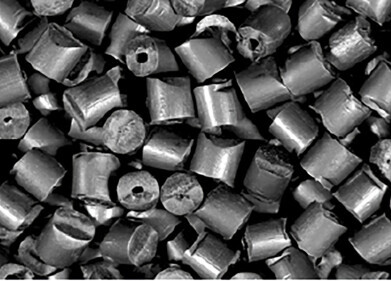Biofuel Industry News
4 Ways Batteries Can Be Improved
Oct 27 2022
Batteries have come a long way since Italian physicist Alessandro Volta invented the first electric cell in the 1800s. He stacked copper and zinc discs between salt-soaked cloths, then connected wires to either end of the tower to create an electric current. More than 200 years later and engineers are still improving on smart battery technology. Here’s a closer look at how:
-
Better monitoring of internal statuses
Insight into properties like heat generation, state of charge and maximum capacity can drastically improve the performance, safety and life cycle of batteries. In an article published in the journal IEEE Transactions on Industrial Electronics, the authors explain how a novel thermal model-based method is being used to monitor multiple key internal statuses in real time.
“In particular, a novel smart battery is designed by implanting the distributed fiber optical sensor (DFOS) internally and externally,” reads the abstract. “This promises a real-time distributed measurement of LIB internal and surface temperature with a high space resolution. Following this endeavor, a low-order joint observer is proposed to co-estimate the thermal parameters, heat generation rate, state of charge, and maximum capacity.”
-
Longer cycle life
Cycle life – the number of times a battery can be charged and discharged before performance drops – is a major issue for manufacturers and consumers. Battery engineers are continually exploring new ways to improve the cycle life of batteries. Why? Because a longer lifespan not only translates to cost savings but reduces the environmental impact of the battery sector.
Canadian company Electrovaya is spearheading the movement with ‘infinity batteries’ that are safe and long lasting. Unlike traditional lead-acid batteries which have a lifespan of between 300 and 550 cycles, the lithium-ion batteries continue to perform for more than 9000 cycles. They reduce landfill waste, lessen demand for manufacturing resources and leech no lead into the environment. Ultimately, the company says the product will help global economies meet clean energy targets and adhere to the Circular Economy model.
-
Switching from liquid to solid electrolytes
Many batteries, including state-of-the-art lithium-ion products, rely on liquid electrolytes. Electrovaya engineers are exploring ways to scale up solid-state batteries and eliminate the safety risks associated with liquid electrolytes.
-
Faster charge times
Slow charge times are a major uptake barrier in the EV market. This is why auto manufacturers channel a huge amount of time and money into improving battery charge times. The results are already paying off, with a recent study published by the Electric Vehicle (EV) Database crowning the Porsche Taycan Plus as one of the fastest charging EVs on the market.
It boasts a lightning-fast AC charge rate of 33 mph and a DC charge rate of 650 mph, for a total charging speed score of 8.80/10. This takes the battery from 5% to 80% in just over 22 minutes when using an 800-volt charging station. It’s all thanks to the Performance Battery Plus (PBP) technology, which features a two-deck design.
Want to know more about the latest battery innovations? Don’t miss our complete guide, ‘What Are Smart Battery Cells? Definition, Applications & Advantages’.
Digital Edition
PIN 25.1 Feb/March
March 2024
In This Edition Safety - The technology behind the ION Science Tiger XT - Safety with ammonia and LOHCs as hydrogen carriers Analytical Instrumentation - Discussion on new tribology te...
View all digital editions
Events
Apr 28 2024 Montreal, Quebec, Canada
Apr 30 2024 Birmingham, UK
May 03 2024 Seoul, South Korea
May 05 2024 Seville, Spain
May 06 2024 Riyadh, Saudi Arabia


















